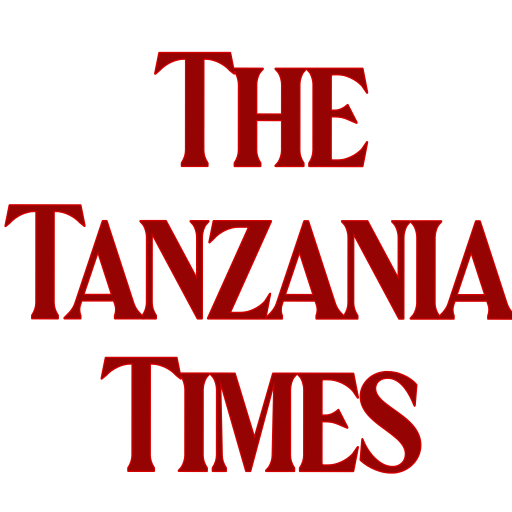The name Kenya was initially used to refer to a small province made up of all the highlands within the radius of fifty miles around the peak of Kirinyaga which later became Mount Kenya.
Kenya Province bordered Naivasha Province to the West, Jubaland Province to the East, Tanaland Province to the South East and Kitui or Ukambani Province to the South.
The province’s western boundary was given as Laikipia escarpment while its headquarters was named Kikuyu or essentially Kikuyu country.
Initially, there was a fierce debate among the colonialists on the rationality of naming the Province Kenya after the mountain.
The argument was that no name such as ‘Kenya,’ existed among the tribes that lived around the mountain and that Ludwig Krapf was probably wrong by claiming that he had found the name “Kiinya” in use among the Akamba when he visited Chief Kivoi in 1849.
Many explorers who visited the area came back with different local names, some of which were corrupted by their foreign accents.
However after Captain Hinde and Mackinder visited the area, they confirmed on their return that indeed a similar name did exist among the Akamba who used it to refer to the mountain. Therefore the name became attached to the province.
In 1920, the British redefined the boundaries of the old East African Protectorate and created a new country called Kenya Colony.

Even though “Kenya” in the earlier Province of Kenya was pronounced just the way it is being defined today, in 1920, officials in London decided that the new country should be spelt as Kenya but should be pronounced as “Kiinya”.
So Kenya was pronounced as Kiinya from 1920 to independence in 1963, when it reverted to the earlier pronunciation which people use today.
During the 1920 legislative council, another debate was taking shape.
Some legislators signed a petition demanding that the country be known as Kenya-land and not Kenya Colony.
As a result, the government appointed a committee led by the General Manager of Uganda Railways to listen to the petitioners ‘ views.
This report was presented to the council where it was greatly debated.
The Governor, while admitting that personally he had no objection to the change of name, said the name Kenya Colony had already been gazetted following great discussions between him and the Colonial Secretary in London.
The Hon Chief Secretary told members that the name “Kenya Colony” was temporary and that it had been proposed to help get a loan. Otherwise the country would simply be known as Kenya.
His views were supported by Hon AT Wood who pointed out that although Jamaica was officially the “Colony of Jamaica” it was simply known as Jamaica.
The Hon PostMaster General who was an ex-officio member of the council, argued that changing the name to Kenya-Land would present a challenge to him since it would mean two changes in the postage stamps within a year.
However, the Hon Lord Delamere was of the contrary opinion emphasizing that he was in favor of the country’s name being changed from Kenya Colony to Kenya-land.
Eventually a motion was moved by the Hon K. H. Rodwell and seconded by the Hon Sir Northup MacMillan to the effect: “That in the opinion of this Honorable Council the country be named the “Colony of Kenya”. It was put to vote and sailed through.



